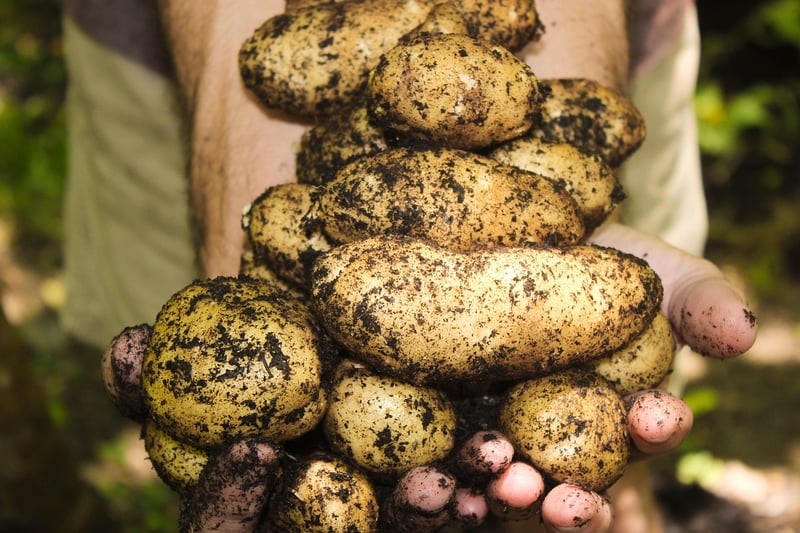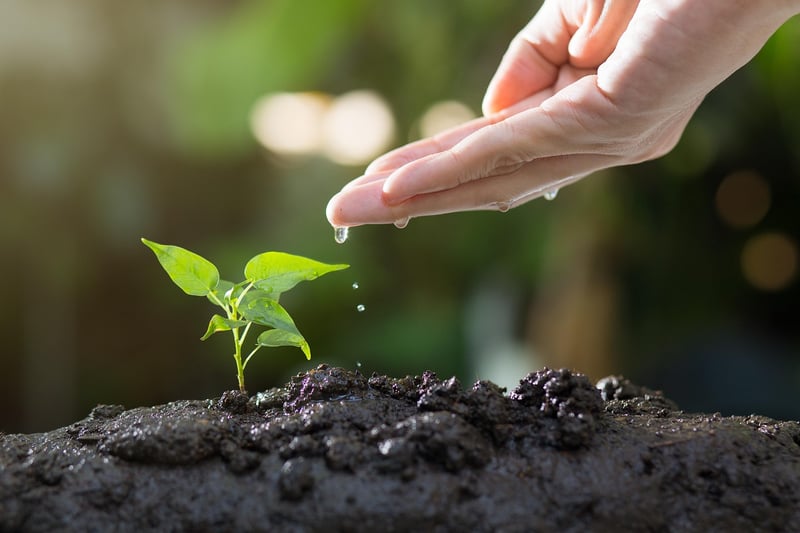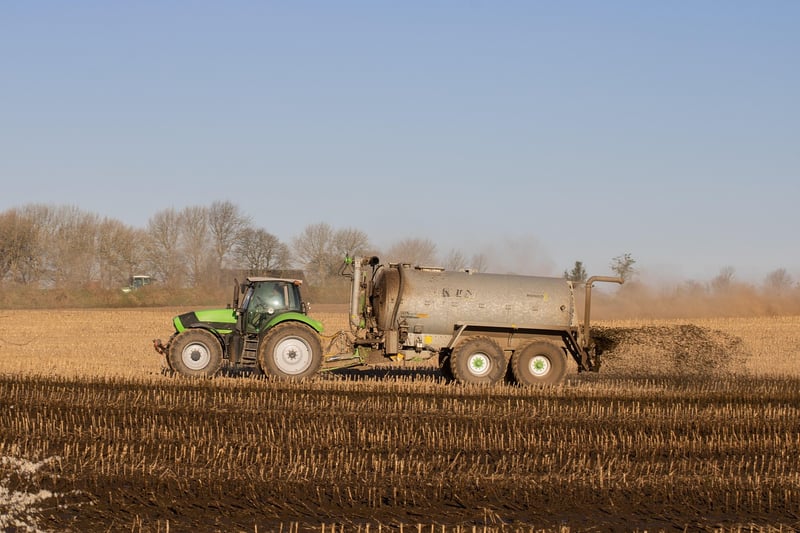Fertilizing Methods
Keeping Your Garden Healthy: Fertilizing Methods
Having a healthy garden not only enhances the beauty of your outdoor space but also ensures that your plants thrive and flourish. One crucial aspect of garden maintenance is proper fertilization. Understanding different fertilizing methods can help you provide essential nutrients to your plants, promoting their growth and overall well-being.
Types of Fertilizers
There are various types of fertilizers available, including organic and synthetic options. Organic fertilizers are derived from natural sources, such as compost, manure, and bone meal. They improve soil structure and support beneficial microorganisms. On the other hand, synthetic fertilizers are manufactured chemical products designed to deliver specific nutrients to plants quickly.
Popular Fertilizing Methods
- Top-Dressing: This method involves applying fertilizer directly to the soil surface around plants. It is ideal for established gardens and helps improve soil fertility over time.
- Side-Dressing: Side-dressing is the process of adding fertilizer in a band around individual plants or along rows. This method provides a concentrated nutrient boost to specific areas where plants need it most.
- Foliar Feeding: Foliar feeding involves spraying a liquid fertilizer directly onto plant leaves. This method allows for quick nutrient absorption and is beneficial for addressing nutrient deficiencies rapidly.
- Soil Injections: Soil injections are a targeted approach where fertilizer is applied directly to the root zone of plants. This method is effective for delivering nutrients deep into the soil, promoting strong root development.
Importance of Proper Fertilization
Proper fertilization is essential for plant health and growth. It provides plants with essential nutrients like nitrogen, phosphorus, and potassium, which are crucial for their development. By choosing the right fertilizing method and schedule, you can ensure that your garden thrives and produces vibrant blooms and bountiful harvests.
Conclusion
By understanding the different fertilizing methods and their benefits, you can effectively nourish your garden and support the growth of your plants. Whether you prefer organic or synthetic fertilizers, selecting the right approach based on your garden's needs can make a significant difference in the health and vitality of your plants.
Remember, a well-fertilized garden is a happy garden!


